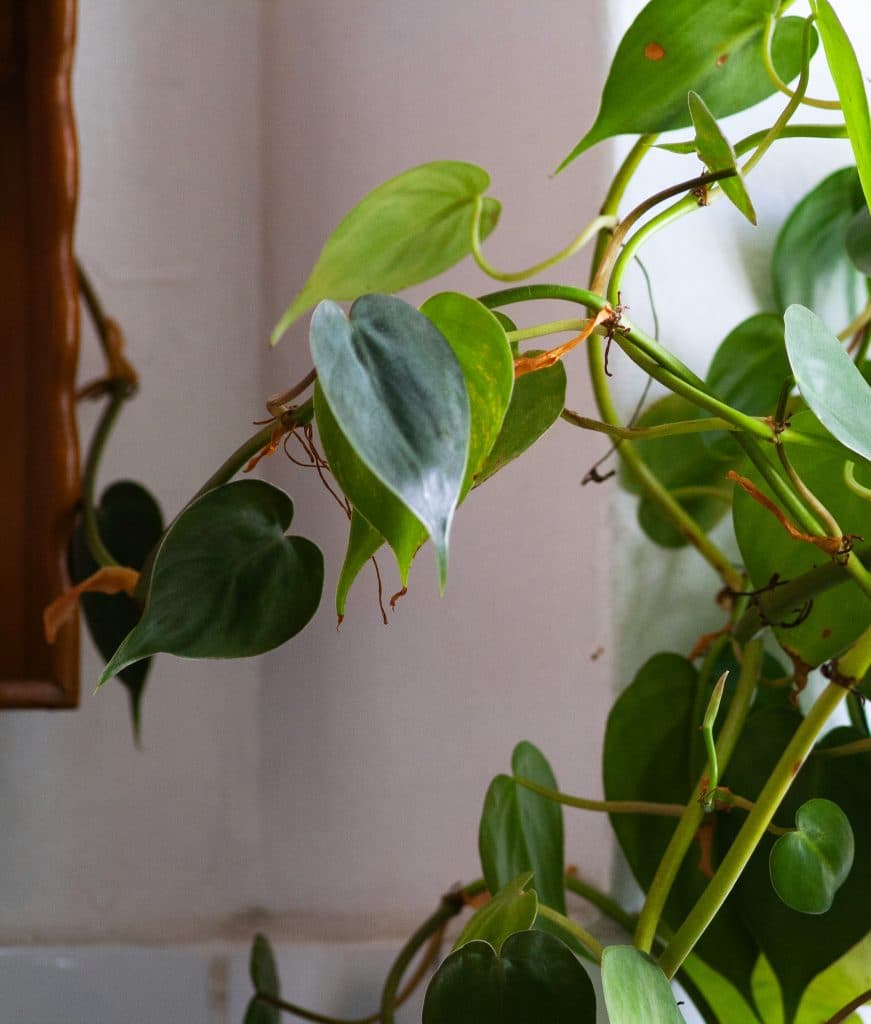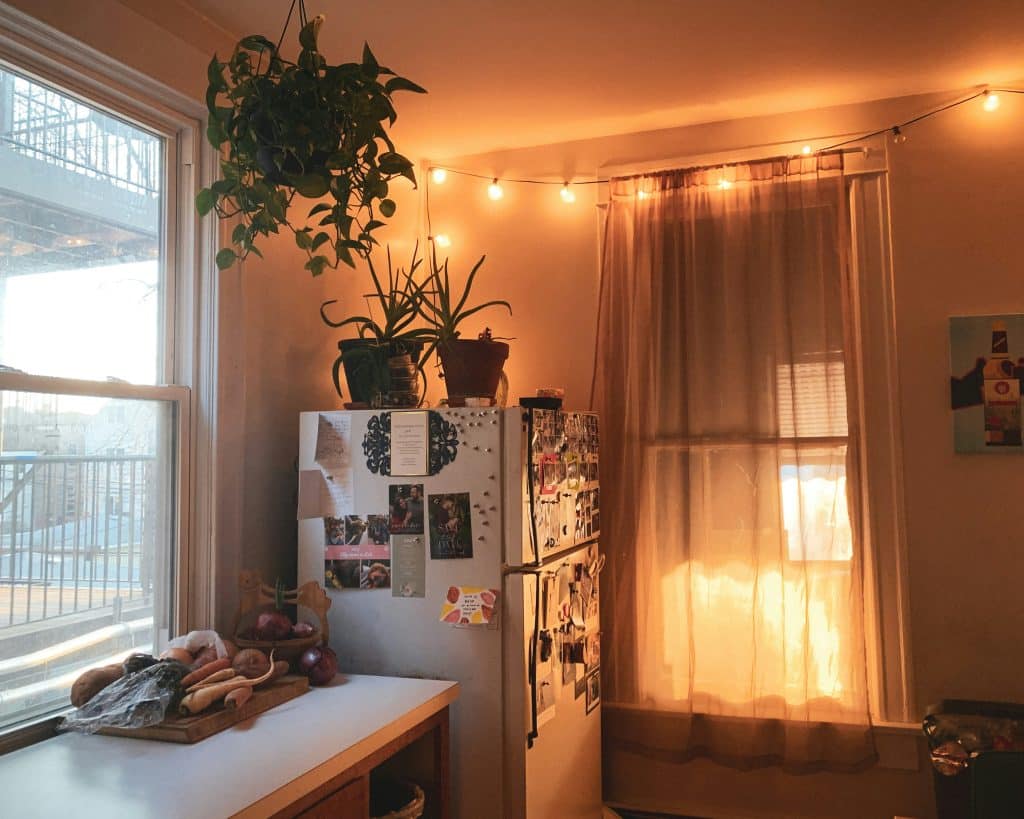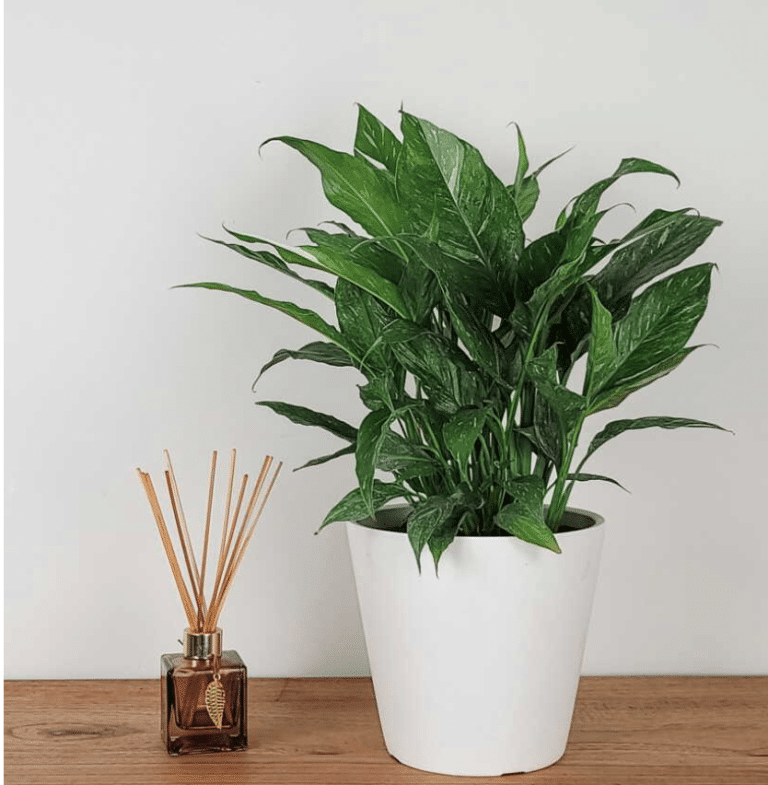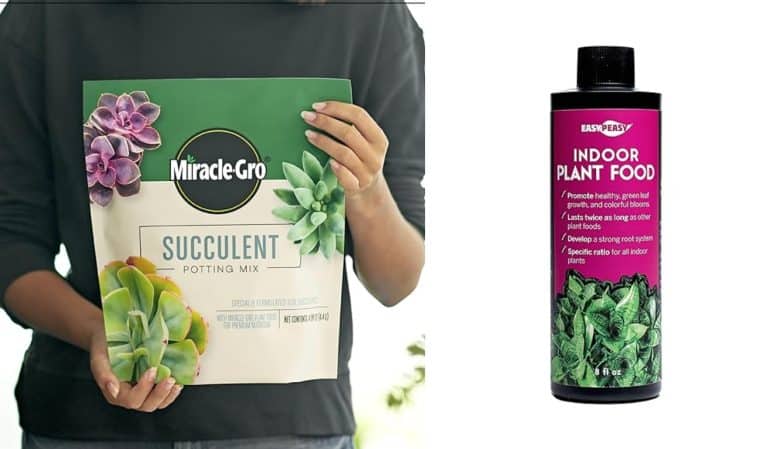how to train the Trailing houseplants to grow longer vines
Train trailing houseplants to grow longer vines with proven tips from our Brooklyn community home—support, pruning, and light make all the difference.

When you purchase through links on our site, we may earn an affiliate commission, which helps sustain our blog!
There’s something wildly satisfying about watching trailing houseplants send out long, leafy vines that drape down your bookshelf or twist up a pole. But here’s the thing—they don’t always grow long on their own. Sometimes they need a little nudge (and a few tricks we’ve learned the hard way).
In this guide, we’re diving into how to train trailing houseplants to grow longer vines—with tips that work whether you’re growing pothos, philodendron, string of hearts, or tradescantia. From light placement, to soil and fertilizers, to pruning, and propagating strategy and smart support systems, we’ll help you take your vines from short and stubby to long and lush!
Choosing the Right Trailing Plants for Long Growth
Great Climbers:
- Best performers: Pothos, Heartleaf Philodendron, Tradescantia
- Slower growers: String of Pearls, Hoya, String of Hearts
Read also: Our guide to training vining plants to climb
Light and Positioning Tips to Promote Longer Vines

Rotate Plants Weekly to Prevent One-Sided Growth
If a plant’s leaning like it’s trying to escape the pot, it’s probably just chasing the light. We used to ignore this, then wonder why our vines only grew on one side. Now we rotate our trailing plants a quarter turn every week—usually right after watering. It’s a simple habit that encourages even growth and helps the vines drape more symmetrically, especially in hanging baskets or shelf displays.
Use Grow Lights if Natural Light Is Insufficient
During winter or in darker apartments, we’ve leaned on grow lights to keep the vines going. It doesn’t have to be fancy—just a basic full-spectrum bulb on a timer does wonders. We position it about 12–18 inches above or beside the plant, and run it for 10–12 hours a day.
Within a few weeks, we usually see new nodes pushing out and existing vines firming up. Without that boost, a lot of our trailing plants would be in survival mode half the year.
Pruning and Pinching for Fuller, Longer Growth

Prune Tip Ends Above a Node to Trigger Side Shoots
We used to be terrified of pruning. It felt like we were undoing all the growth we’d waited months for. But once we learned to cut just above a node—that little bump where a leaf or root emerges—we started seeing real changes. New shoots pop out from the node, and suddenly instead of one long vine, you’ve got a forked, fuller one. We now do this every time a vine starts getting too sparse or lanky.
Pinch Back Occasionally to Encourage Bushier Vines
If we don’t feel like doing a full snip, we just use our fingers to pinch off the soft growing tip. It’s weirdly satisfying and a little addictive, honestly. That tiny action sends a message to the plant: time to branch out. It’s especially helpful on younger vines—string of hearts, tradescantia, even philodendron—before they get too long and floppy. We’ve found that the more we pinch, the more compact and full the plant becomes.
Only Prune During the Growing Season for Best Results
Prune a plant in the middle of winter? You might just stress it out for no payoff. We stick to pruning in spring and early summer, when the plant is actively growing and can heal and bounce back fast. If it’s dormant or just holding on in cold weather, we leave it alone and revisit our scissors when the sun’s stronger again.
Don’t Over-Prune or Cut Too Many Vines at Once
It’s easy to get carried away, especially once you see how well it works. But we’ve made the mistake of going too far—cutting several vines in one go or trimming more than a third of the plant at once. The result? Shocked, droopy plants that took weeks to recover. Now we space out pruning, taking it slow and checking how the plant responds before doing more. A little goes a long way when it comes to vine training.
Read also: Our guide to best Trellises for trailing indoor plants
Feeding and Soil Tips to Support Long Vines
Use a Well-Draining, Nutrient-Rich Mix with Compost or Worm Castings
Trailing plants need a balance: moisture retention without turning into sludge. We usually mix our own blend—something like 2 parts coco coir, 1 part perlite, and a handful of compost or worm castings for nutrients, to save money. (and also a great community activity with our housemates!) The worm castings have honestly been a game-changer for lush foliage. Our vines started pushing out more consistent growth within a few weeks.
Fertilize Every 2–4 Weeks in Spring and Summer
Feeding trailing plants regularly is like giving them a little nudge to keep stretching out. During the growing season, we stick to a diluted liquid fertilizer every 2–4 weeks. For most of ours, a balanced 10-10-10 or a foliage-boosting formula works great. We usually water first, then feed to avoid burning the roots. If we miss a feeding or two it is ok, but keeping it consistent makes a visible difference over time.
Avoid Overwatering; Root Health Directly Affects Vine Length
If the roots aren’t happy, the plant won’t have the energy to grow long, healthy stems. Always check moisture with a finger test—if the top inch is dry, then we water. And we use pots, even the hanging baskets, with drainage holes, always!
Flush Soil Occasionally to Prevent Salt Buildup
Even good fertilizers leave behind salt deposits over time, especially if you’re using tap water. When you notice weird crusty bits on the soil surface and yellowing leaf tips, you need to flush the soil — basically every few months if you’re feeding them regularly — just water thoroughly and let it drain out completely. It’s simple, but it resets the soil and keeps those roots healthier in the long run.
Conclusion:
Growing longer vines isn’t about luck—it’s about light, care, and a little bit of strategy. With the right training techniques, your trailing houseplants can become the leafy, cascading beauties you envisioned. Whether you want a pothos curtain, a wall of philodendron, or just a little more drama on your shelf, giving your plant the right environment and encouragement will get you there!






